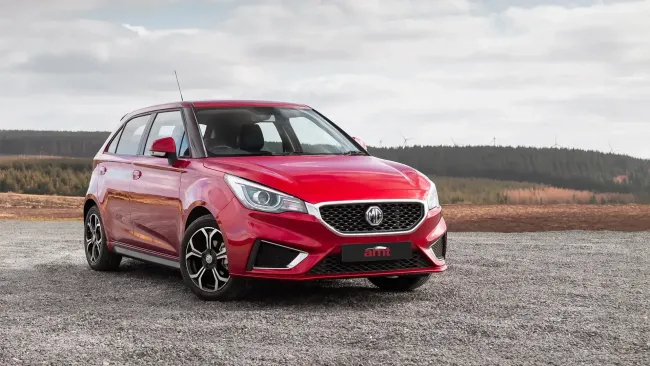
Are you considering enhancing your car's performance with forced induction, but feeling overwhelmed by the options available? You're not alone. For automotive enthusiasts, the choice between superchargers and turbochargers can be a daunting one. These systems, while serving the same purpose of boosting engine power, operate in fundamentally different ways. In this comprehensive guide, we'll delve deep into the world of forced induction, exploring the intricacies of superchargers and turbochargers to help you navigate this exciting realm with confidence.
What is a Supercharger?

Let's start by demystifying the supercharger, a mechanical marvel designed to cram more air into your engine's combustion chambers. Mounted atop the engine and typically driven by a belt connected to the crankshaft, superchargers are essentially air compressors. They force-feed air into the engine, resulting in increased power output. Superchargers come in various designs, including roots, centrifugal, and screw-type, each with its own unique characteristics and performance attributes.
What is a Turbocharger?

Now, let's turn our attention to turbochargers, the darlings of efficiency and power. Unlike superchargers, which are mechanically driven, turbochargers harness the kinetic energy of exhaust gases to spin a turbine connected to a compressor wheel. This compressor wheel then compresses incoming air before it enters the engine's intake manifold, effectively boosting power output. Turbochargers are renowned for their ability to extract more power from the same engine size while improving fuel efficiency—a feat achieved through the utilization of otherwise wasted exhaust energy.
Pros of Superchargers:
- Instant Power: Superchargers provide instant boost, offering immediate throttle response and strong acceleration.
- Easy Installation: They're easy to install compared to turbochargers, making them a popular choice for many enthusiasts.
- Consistent Performance: Superchargers deliver consistent power output across different conditions, ensuring reliability on the road or track.
Cons of Superchargers:
- Parasitic Loss: Superchargers draw power from the engine, slightly reducing overall efficiency.
- Limited Peak Power: They may not match the peak power potential of turbochargers due to mechanical constraints.
- Heat Generation: Superchargers generate heat, potentially leading to higher intake temperatures and performance issues.
Pros of Turbochargers:
- Efficiency: Turbochargers use exhaust energy for power, improving fuel efficiency compared to superchargers.
- High Peak Power: They can achieve higher peak power levels, making them popular for high-performance applications.
- Versatility: Turbochargers can be tuned to suit different engine configurations and performance goals.
Cons of Turbochargers:
- Turbo Lag: Turbochargers may suffer from lag, resulting in delayed power delivery compared to superchargers.
- Complex Installation: Installing turbochargers involves more components and plumbing, increasing complexity and cost.
- Heat Management: Turbochargers generate heat, requiring additional cooling measures to prevent performance loss.
Both superchargers and turbochargers offer unique benefits and drawbacks. Superchargers provide instant power delivery and simplicity, while turbochargers offer efficiency and high peak power. The choice depends on your priorities and preferences. By understanding the differences between these forced induction systems, you can make the right decision for your car's performance needs.




